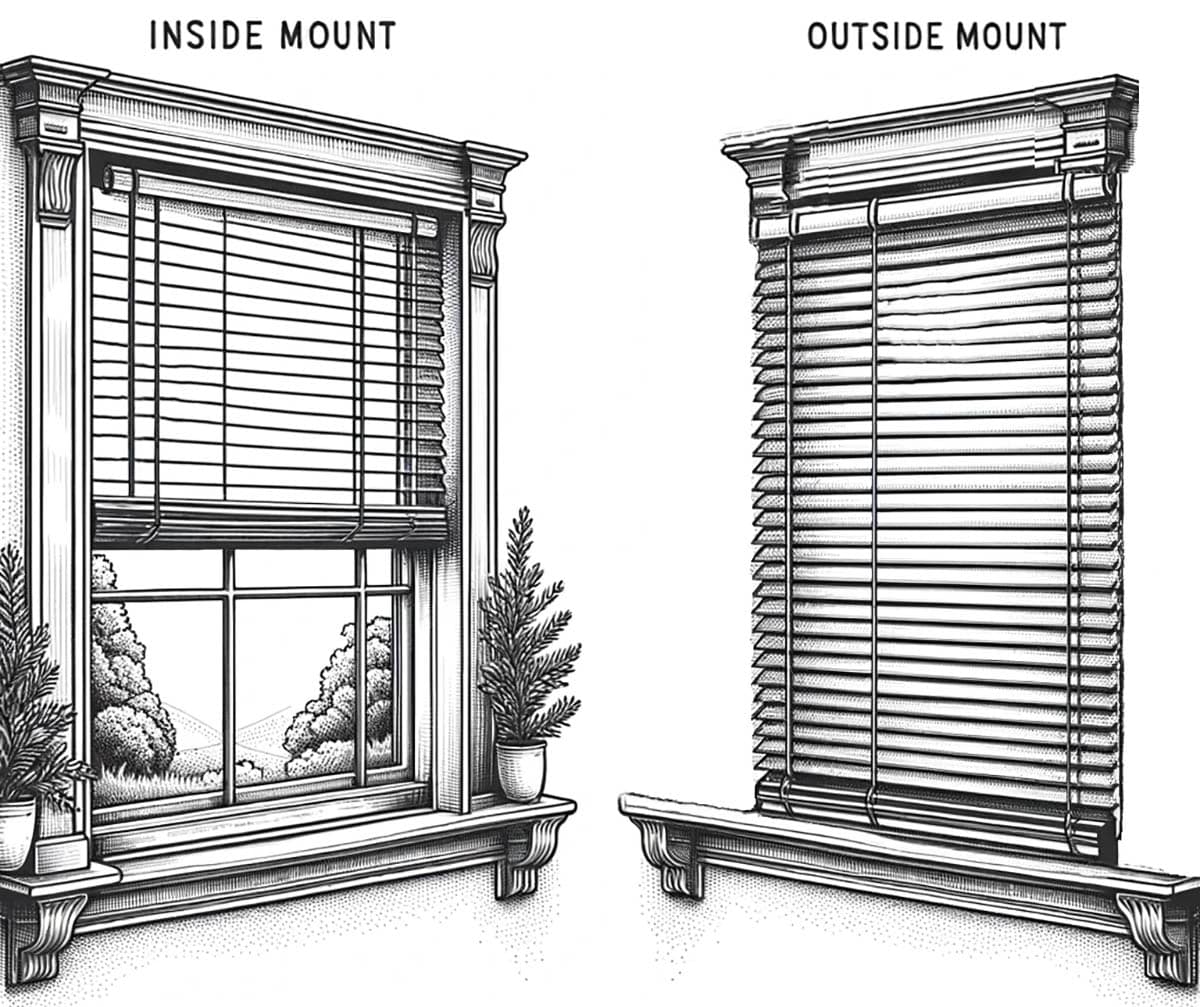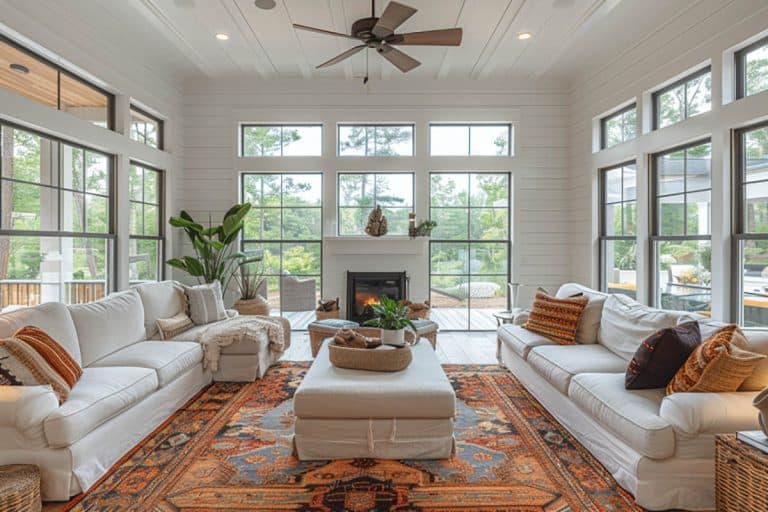Custom Blinds Calculator to Easily Determine Size and Cost
This blinds size calculator simplifies measuring and pricing window blinds. This intuitive online tool helps determine exact dimensions and total cost for custom blinds based on the number of windows you have. By inputting your window measurements, you can estimate sizing and price to ensure a flawless fit and smooth installation process. The calculator takes the guesswork out of buying blinds.
Blinds Size Calculator
How To Use The Blinds Calculator

Step#1 Measure Your Window: Use a tape measure to record the width and height at different points of the window for the most accurate results.
The most important thing when using this calculator is taking accurate measurements. Be sure to use a tape measure and record window widths at the top, middle, and bottom and heights at the left, right, and center. This accounts for any variations.
Step#2 Enter Your Measurements: Fill in the width and height fields with your window’s measurements.
Step#3 Choose Mounting Style: Select the right mounting style – inside mount blinds fit within the window frame, while outside mounts extend beyond it.
Step#4 Select the Box if You Want Cost Estimation: When estimating costs, know the exact price per blind and total number you need. Finally, carefully review the adjusted sizes and costs before purchase.
Step#5 Calculate and Review the Results: Review the provided dimensions and cost estimation to ensure they meet your needs.
From personal experience, I highly recommend getting custom-sized blinds rather than trying to make standard sizes fit. The small added cost is worth it for a perfect fit and aesthetic. Going custom has saved me hassles when it comes time for installation.
Blinds Calculator Use Tips
• Take precise measurements with a steel tape measure at multiple points on the window.
• Choose inside vs outside mount based on whether blinds will fit within frame.
• Input accurate cost per blind and total number needed.
• Review adjusted sizes and estimated costs before purchase.
• Consider custom for a perfect fit (my recommendation!)
Explanation of Calculation Criteria
To compute the results we determine the smallest width and height to ensure proper fit. Windows can vary slightly in dimensions so using the smallest measurements guarantees the blinds do the following:
– Fit in the narrowest and shortest parts of the window
– Cover the window fully without gaps
– Won’t require adjustments post-installation
For inside mounts, we subtract 0.25 inches from each side to allow clearance between the blinds and window frame. This prevents damage and ensures smooth operation.
Inside Mount Example Calculation:
-
- Smallest Width: 34 inches
- Adjusted Width: 34 – 0.5 (0.25 inches on each side) = 33.5 inches
- Smallest Height: 60 inches
- Adjusted Height: 60 – 0.5 (0.25 inches on each side) = 59.5 inches
For outside mounts, we add 4 inches to both the width and height dimensions so the blinds overlap the edges, blocking more light and enhancing aesthetics.
Outside Mount Example Calculation:
-
- Smallest Width: 34 inches
- Adjusted Width: 34 + 4 = 38 inches
- Smallest Height: 60 inches
- Adjusted Height: 60 + 4 = 64 inches
In summary, using the smallest dimensions and adjusting for mounting style delivers:
– Accurate fit within the window
– Easier installation without adjustments
– Enhanced functionality and appearance
Following these calculation criteria provides precise, customized measurements so your blinds fit perfectly and function as intended.
This calculator is for entertainment purposes only. Please double check your results to ensure you have the proper sizing before purchasing custom blinds. I hope these instructions and tips help you efficiently use the calculator and get great looking, affordably priced blinds for your windows! Let me know if you have any other questions by leaving a comment below.






